Wine Tasting 101: Tips for Beginners
Welcome to Wine Tasting 101: Tips for Beginners
Wine tasting is a fun way to explore new flavors and enjoy good company. It’s not just about drinking—it’s about noticing the little details that make each wine special. This guide will walk you through the basics, share simple tips, and help you feel confident tasting wine, even if you’re just starting out.
Why Wine Tasting Matters
I remember my first wine tasting—nervous, unsure what to say about the glass in front of me. But then I learned it’s not about being fancy; it’s about enjoying the experience. Whether you’re at a vineyard or your kitchen table, wine tasting lets you slow down and appreciate what’s in your glass.
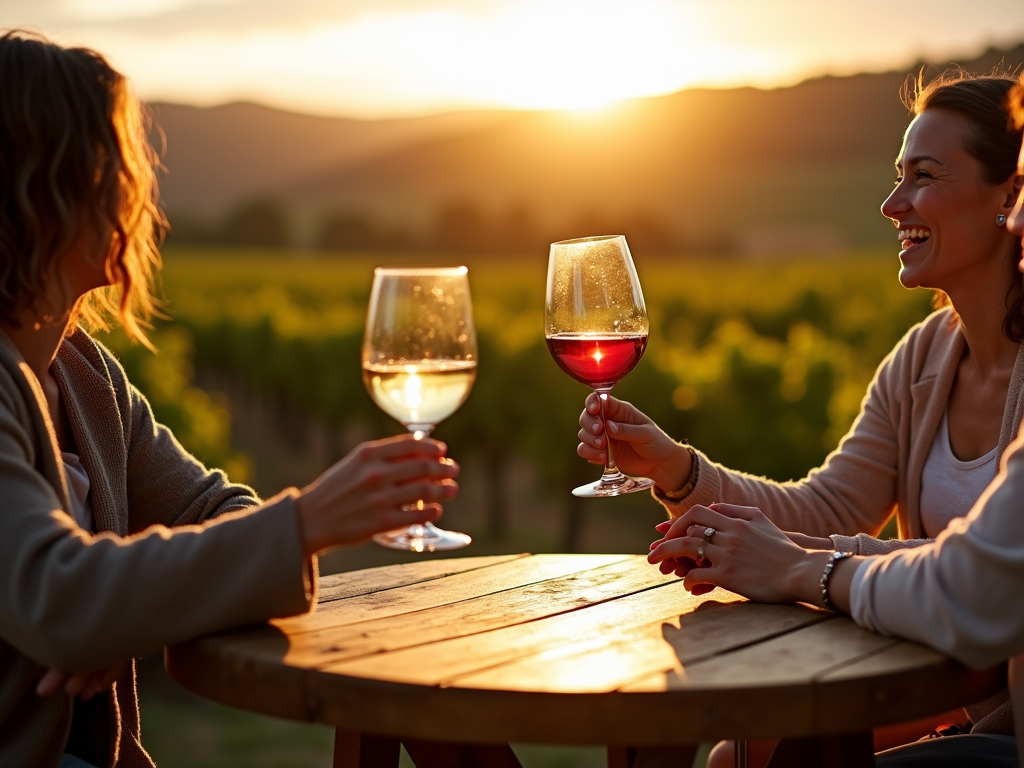
Understanding Wine Types
Wines come in all sorts of styles, and knowing the basics helps you pick what you like. Here’s a quick rundown:
- Red Wine: Bold and rich, made from dark grapes. Think Merlot or Cabernet Sauvignon.
- White Wine: Light and crisp, from green grapes. Try Chardonnay or Sauvignon Blanc.
- Rosé: Pink and refreshing, a mix of red and white vibes.
- Sparkling: Bubbly and festive, like Champagne.
- Fortified: Stronger and sweeter, like Port.
Start with one of each to see what clicks for you!
How to Taste Wine Like a Pro
Tasting wine is easy once you break it down. Follow these five steps—called the five S’s:
1. See: Hold your glass up. Is it clear? What color is it?
2. Swirl: Give it a gentle spin to wake up the smells.
3. Sniff: Take a big whiff. Do you smell fruit, flowers, or maybe spices?
4. Sip: Take a small taste. Let it sit on your tongue. Is it sweet, sour, or bold?
5. Savor: Swallow and notice how it lingers. That’s the finish.
The first time I tried this, I was amazed at how much I could pick up just by paying attention.
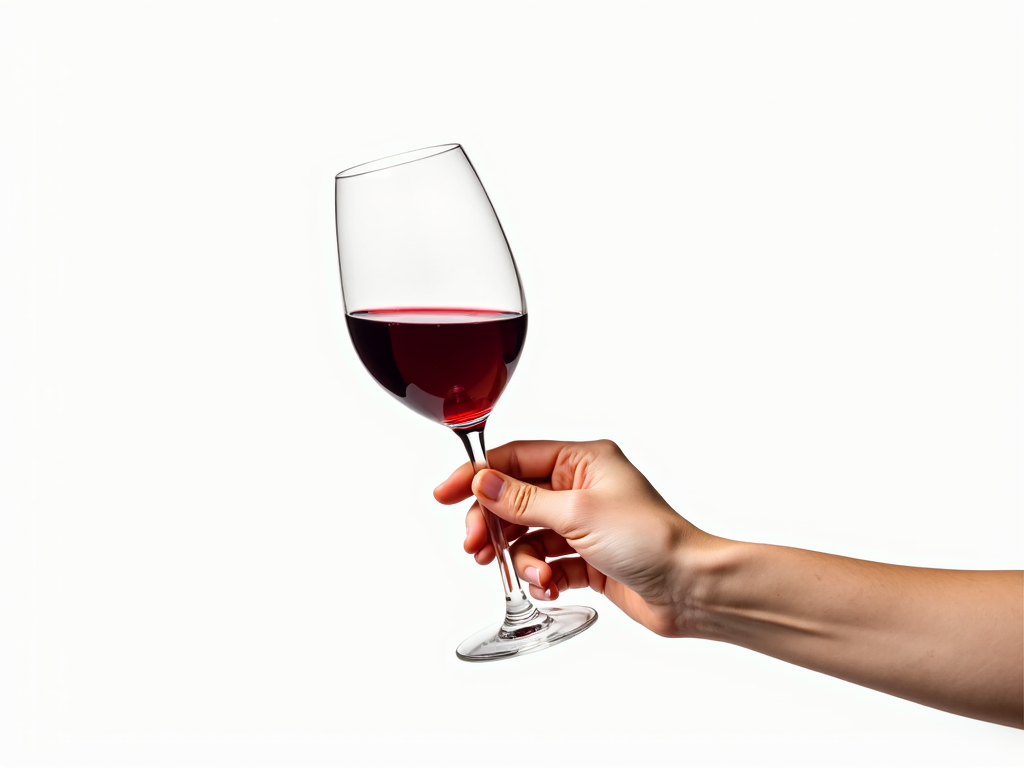
What to Look For
When you taste, think about these:
- Flavor: Does it taste like berries, citrus, or something else?
- Body: Is it light like water or heavy like milk?
- Acidity: Does it feel sharp or smooth?
- Finish: How long do the flavors stick around?
Don’t worry if you don’t get it all at first—it’s a skill that grows with practice.
Pairing Wine with Food: Tips and Tricks
Matching wine with food makes both taste better. Here’s a simple guide:
- Red wines love beef, lamb, or sharp cheeses.
- White wines shine with fish, chicken, or creamy sauces.
- Rosé works with salads or shrimp.
- Sparkling wines? Try them with popcorn or oysters.
I once paired a white wine with spicy tacos by mistake—turns out, experimenting is half the fun!
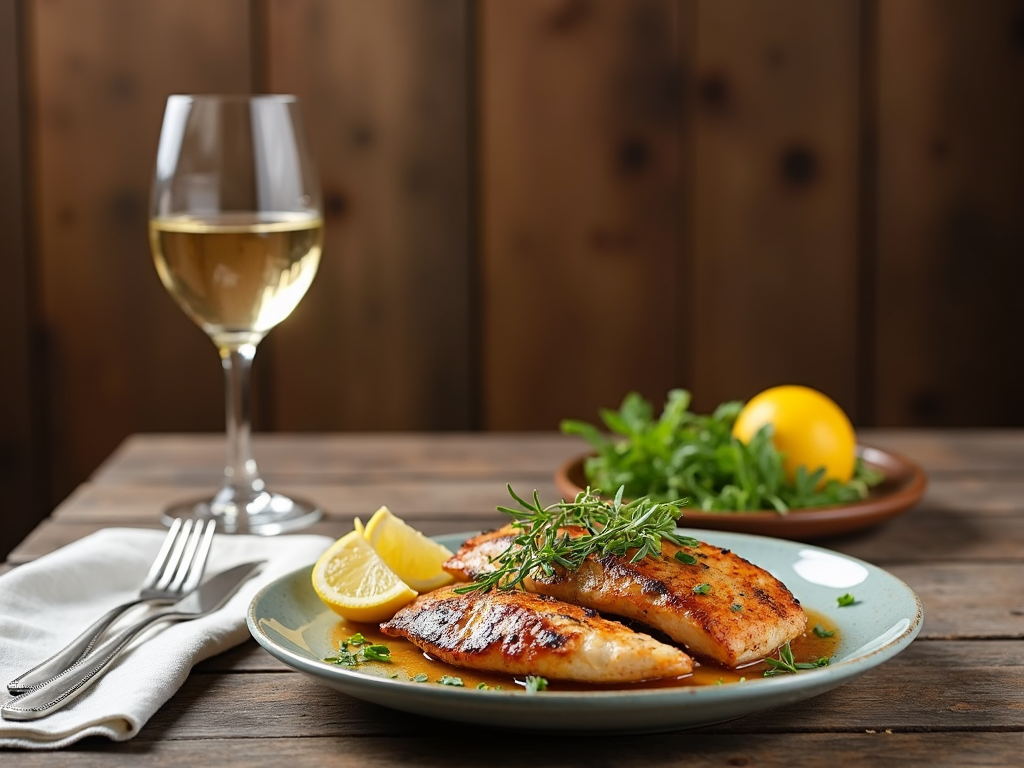
A Handy Pairing Table
Here’s a quick cheat sheet:
| Wine Type | Best Foods |
|--------------|-----------------------------|
| Red | Steak, pasta, cheddar |
| White | Salmon, chicken, Alfredo |
| Rosé | Salad, shrimp, goat cheese |
| Sparkling | Oysters, fries, cake |
Feel free to mix it up and find your own favorites.
Exploring Wine Brands: Spotlight on Beringer
There are tons of wine brands out there, but Beringer stands out. They’ve been making wine in California since 1876, and their stuff is reliable and tasty. I tried their Merlot at a friend’s dinner party once, and it was a hit—smooth, fruity, and easy to drink. It’s a great pick if you’re new to wine.
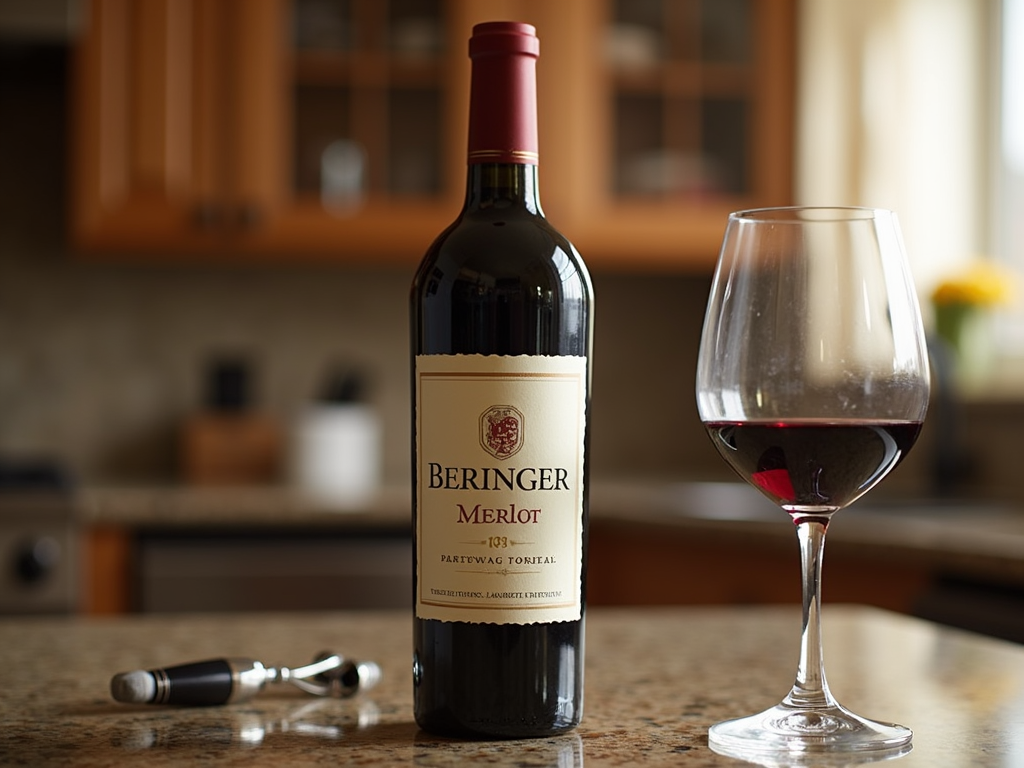
Beringer Merlot Tasting Guide
Want to try Beringer Merlot? Here’s what to expect:
- Color: Deep red, almost like a ruby.
- Smell: Cherries, plums, and a little vanilla.
- Taste: Smooth with juicy fruit and a soft finish.
- Pairing: Grill some steak or dig into chocolate cake.
It’s a crowd-pleaser that doesn’t overwhelm, perfect for beginners.
Tips for Beginners
Getting into wine tasting doesn’t have to be hard. Try these:
- Mix it up: Sample different wines to find your style.
- Write it down: Jot notes about what you taste. I use my phone—it’s simple.
- Store it right: Keep bottles on their side in a cool spot.
- Serve smart: Reds at room temp, whites chilled.
Start small, and you’ll be surprised how quickly you catch on.
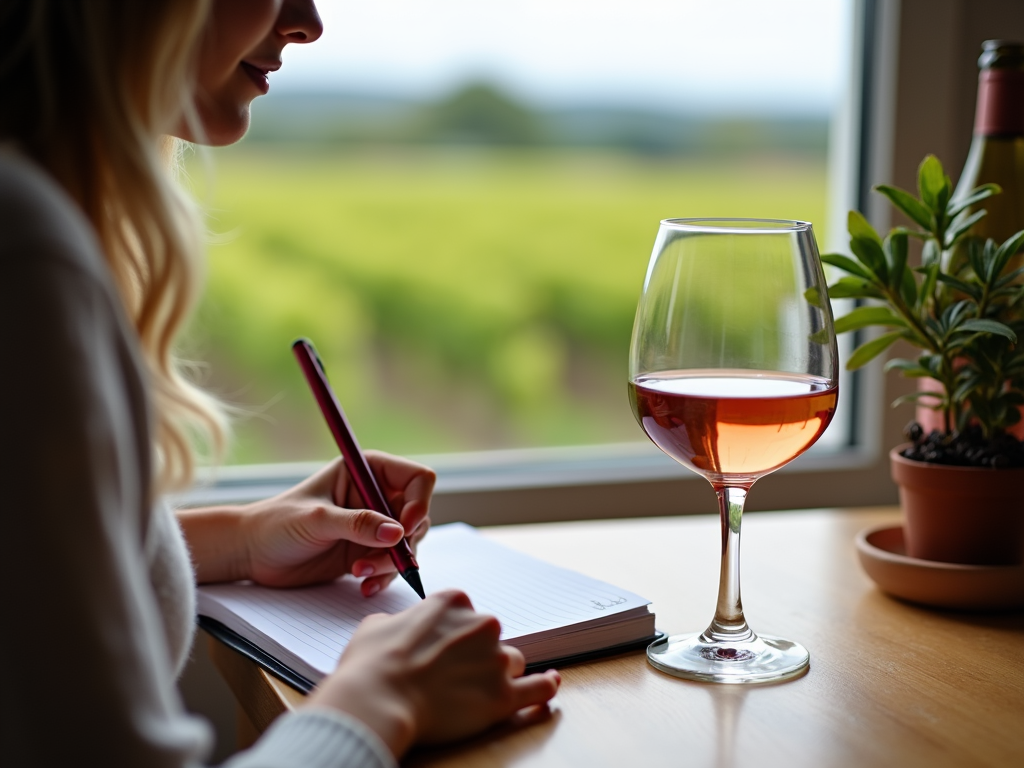
My First Mistake (and What I Learned)
Early on, I stored a bottle near my oven—big mistake. It tasted off, and I realized heat can ruin wine fast. Now I keep mine in a cool cupboard. Little lessons like that make you better at this, and they’re worth sharing.
Where to Start
Not sure which wine to try first? Grab a bottle from a local shop and invite a friend. Taste it together, talk about what you notice, and enjoy the process. You don’t need a big budget—plenty of good wines cost under $20. Check out Wine Enthusiast for beginner picks.

Wrapping Up
Wine tasting is all about discovery. With a little practice, you’ll start noticing flavors and pairings that excite you. This guide—Wine Tasting 101: Tips for Beginners—gives you the tools to dive in. So pick a bottle, pour a glass, and enjoy the ride!